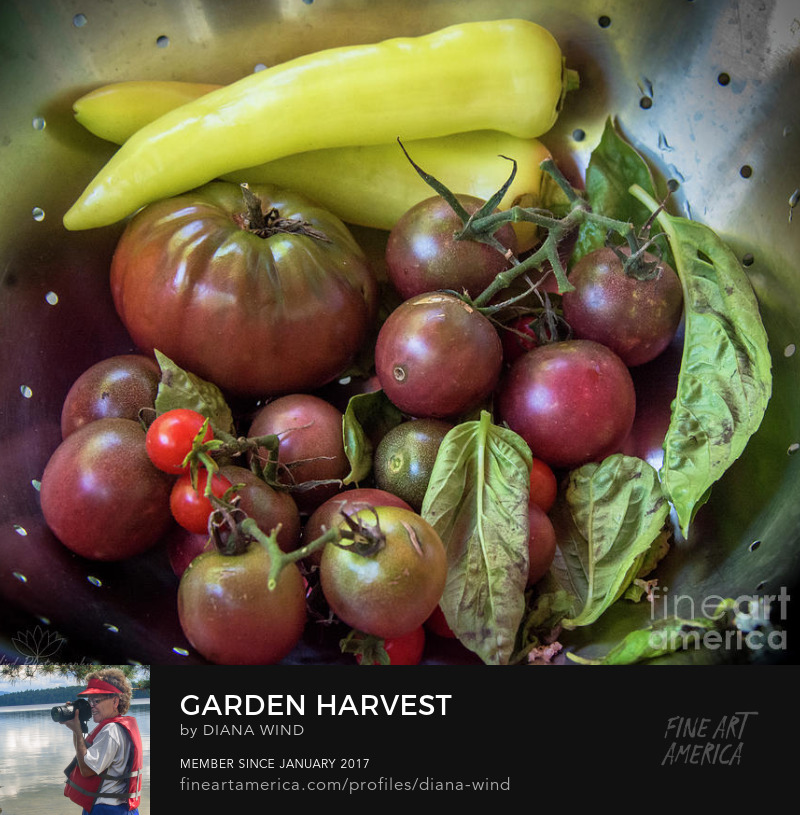Saving Tomato Seeds
As the Jersey tomato season moves into fall, before eating the last of your favorite open-pollinated, heirloom tomatoes, don't forget to save some seeds for next years planting. Saving tomato seeds is easy. Across the internet you can find posts on saving tomato seeds. Fermentation is a tried and true way to save tomato seeds while destroying pathogens that may be present on the seeds. I first learned about it on Dave's Garden.
At a spring plant swap, I agreed to save seeds from Goldman's Italian American tomatoes in exchange for the plant, so they are the first seeds to be collected today. I've seen some people put the whole tomato in a container and squish away to release the seeds. That's fine if it is a cherry tomato or small size tomato, but what if it is a large tomato? Why waste it all?
To save seeds from large open-pollinated, non-hybrid tomatoes, select the best tomato. Cut into the tomato and look for chamber areas where the most seeds are located. Trim away the non-seedy parts and save those tomato portions in a baggie to enjoy later in salsa, salads, or on sandwiches. The remaining parts with seeds can be scraped into a storage container with water.
Help to preserve the genetic diversity of heirloom plants
Become a tomato seed saver - try the fermentation method
- Put tomato chunks with the seeds you want to save into a storage container. Add water and break up large pieces with your hands if necessary.
- Set the container aside, somewhere out of the way, to ferment.
- After a few days the water will start to get stinky and cloudy. A mass of gunk will form a raft and float on the top.
- The size of the floating gunk raft will depend on how much tomato mush was in the water to start. I don't expect to get much from the container shown in the photo. After a week or so, gently pour off the top gunk and some of the murky water - leaving the seeds and some water in the bottom of the container.
- Add fresh water, give it a swirl, and slowly pour off the top water layer, leaving the seeds settled on the bottom. A few 'bad' seeds may float to the top. It is okay to get rid of those seeds. Repeat until the water runs clear.
- Once clear, drain the seeds and water into a colander.
- Dump the seeds onto a paper plate to drain. Try and spread them out with your hands so they are not in a clump.
- Air dry for a few days in a protected area.
- When completely dry, scrape the seeds into airtight baggies: label, trade, share, save and plant next season.
Fermenting Tomato Seeds Diary by a Dave's Garden member
Become a Seed Saver
How to Save Heirloom Tomato Seeds
Tomato Seed Fermentation
Blog post and photos Copyright (C)2013 Wind. All rights reserved.






























No comments:
Post a Comment